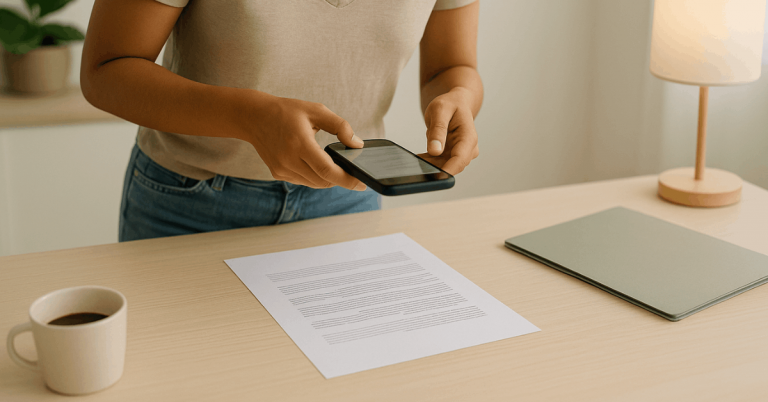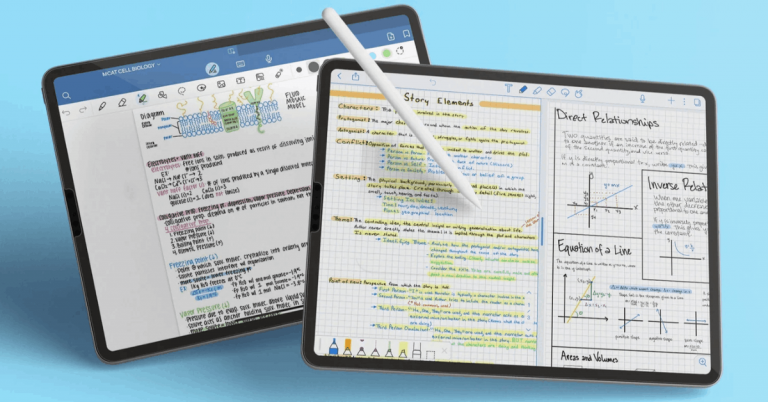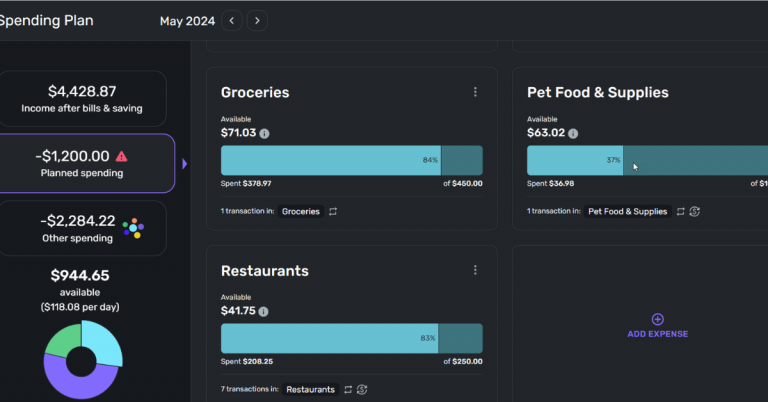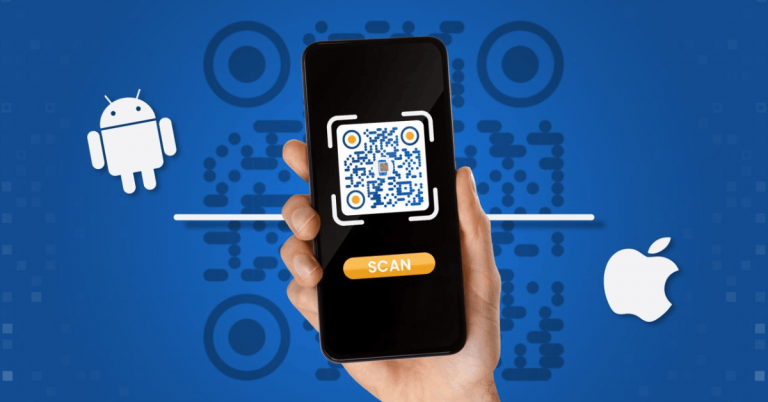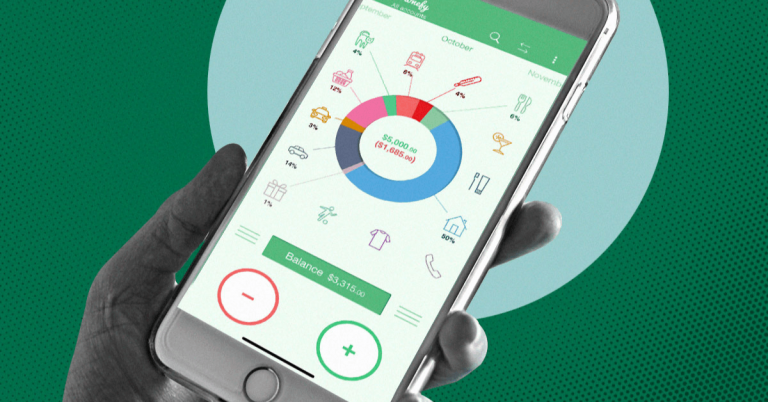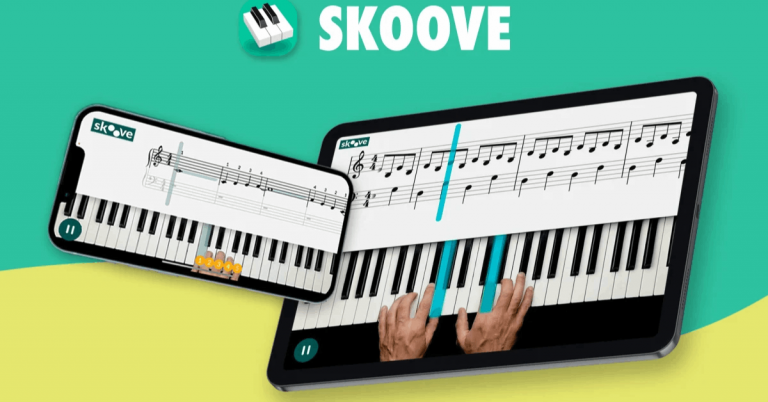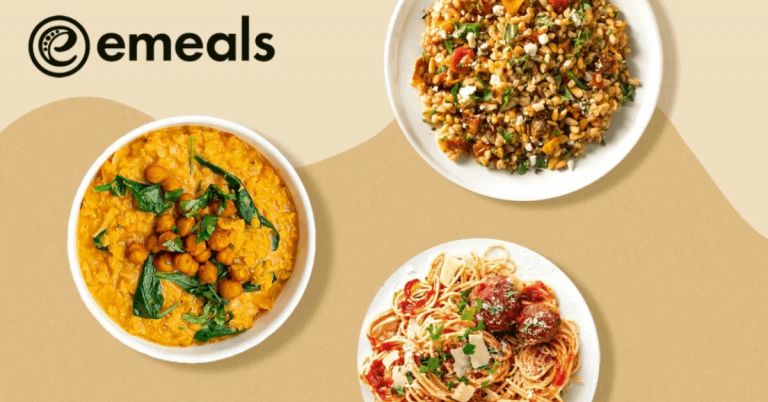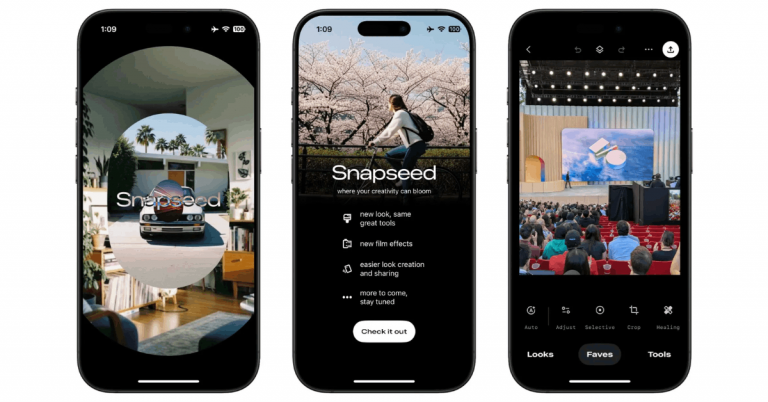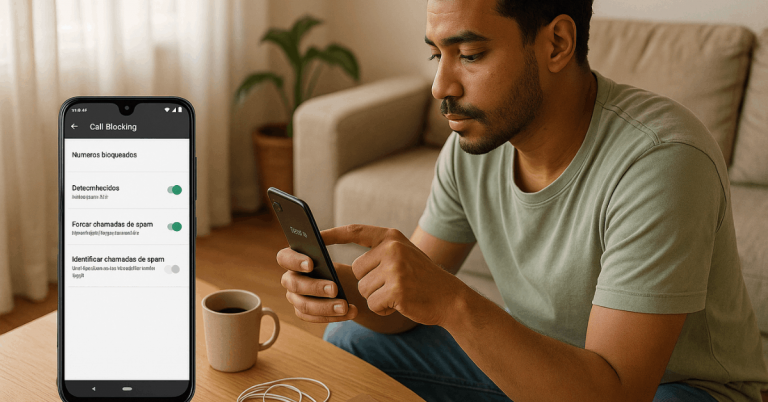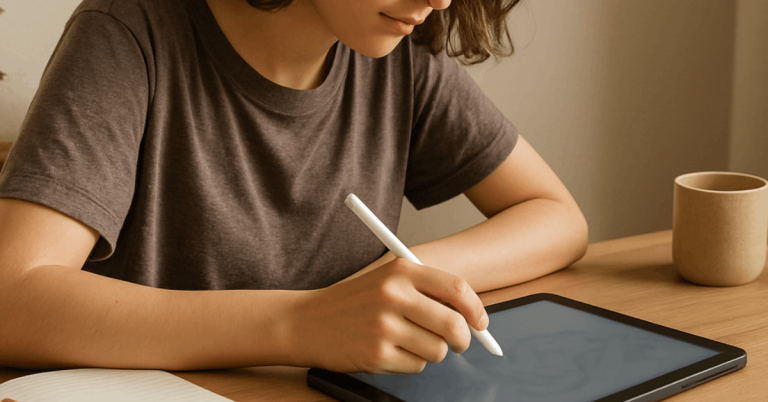If you want a practical roadmap to discover apps that help organize your daily routine, this guide breaks down why structure matters, how to choose the right tools, and which apps deliver.
You will learn how calendars, task managers, and note systems work together to reduce friction and save time.
The recommendations favor trusted platforms with documented features and strong privacy controls. By the end, you will know what to install, how to evaluate options, and where each app fits in your day.
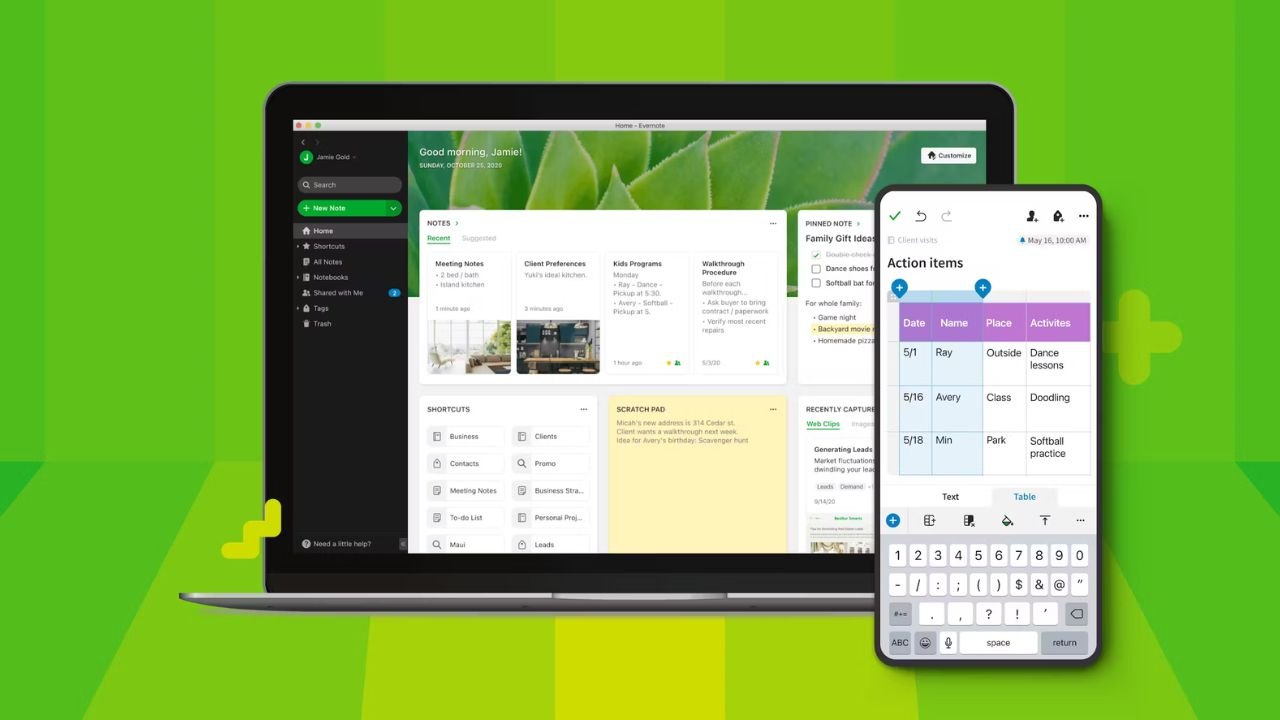
Why Organizing Your Daily Routine Changes Everything
A structured routine removes guesswork and converts intentions into repeatable actions that compound over time.
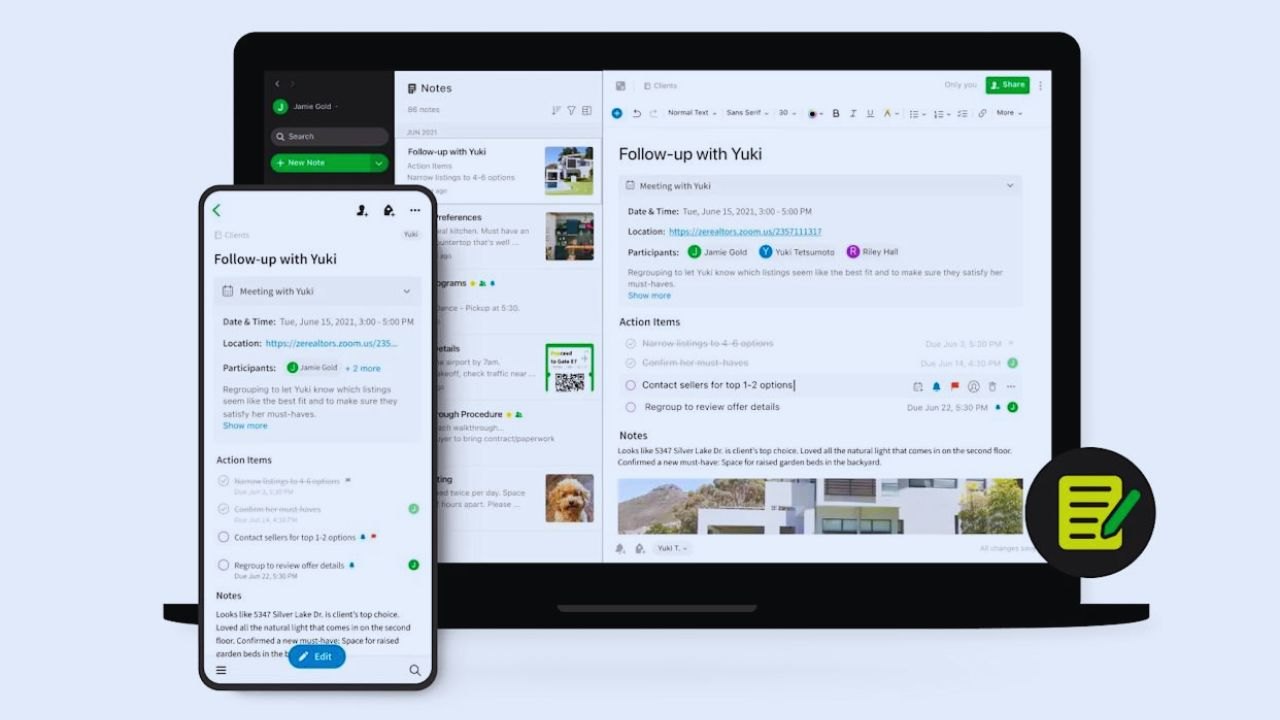
When your tasks, events, and notes live in dependable apps, you spend less energy juggling details and more energy doing the work.
Clear visibility lowers stress because you can see what matters now and what can safely wait. Strong routines also make collaboration easier since shared calendars and checklists keep everyone aligned.
Cut Decision Fatigue with Reliable Systems
Decision fatigue sneaks in when your tools scatter information across tabs and sticky notes. A single source of truth for tasks and events reduces micro-decisions and helps you enter deep work faster.
When reminders and due dates are trustworthy, you procrastinate less because the next step is obvious. Consistency beats motivation, and the right apps create that consistency automatically.
Protect Your Time by Blocking the Day
Time blocking turns your calendar into a plan rather than a log of emergencies. Scheduling focused blocks for priorities prevents small tasks from swallowing the afternoon.
Calendar sharing also sets boundaries by broadcasting availability and response windows. Over time, these habits produce fewer collisions and a calmer pace even during busy weeks.
Improve Wellness with Predictable Habits
Routines support sleep, nutrition, and exercise because you plan them alongside meetings and deadlines. Habit trackers and reminder lists nudge you to pause, hydrate, or stretch during long sessions.
Small wellness cues woven into your schedule prevent burnout and improve attention. Apps make these cues easy to repeat until they become automatic.
What to Consider When Choosing Organization Apps
Picking the right stack starts with compatibility, security, and long-term support rather than flashy features.
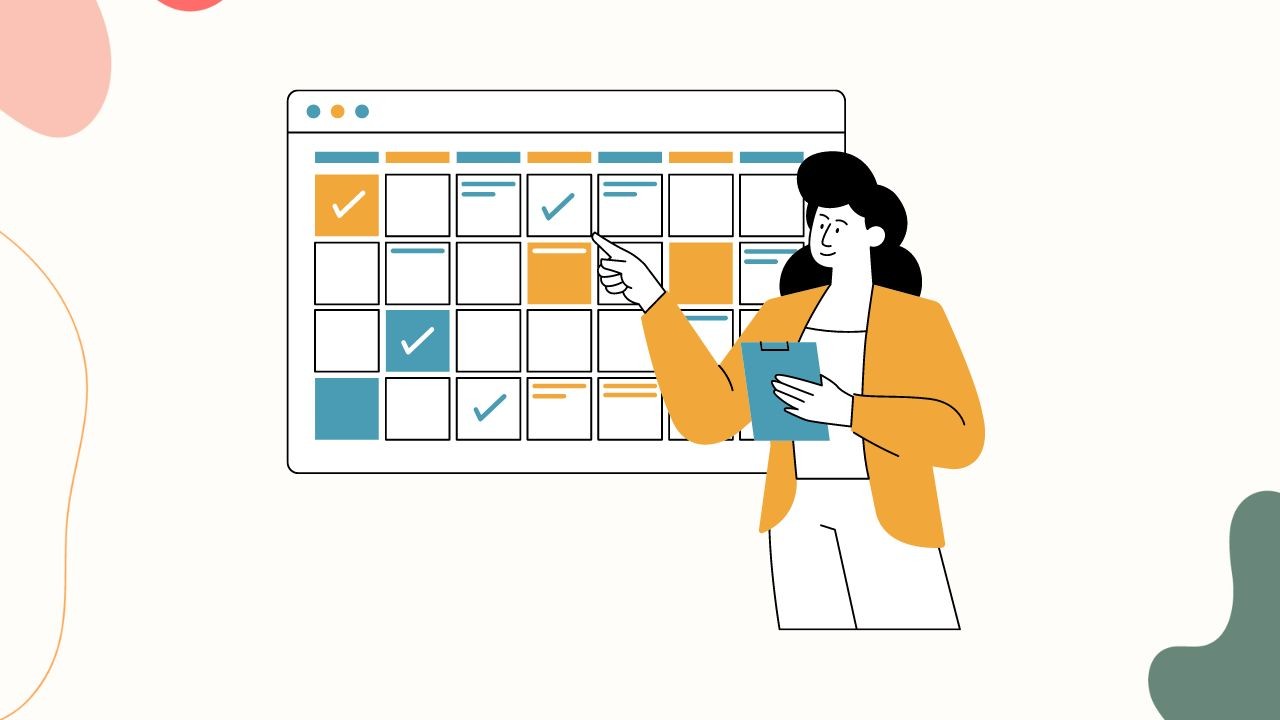
You want tools that sync across your devices, protect your data, and are likely to be maintained for years.
Thoughtful selection avoids migration headaches and keeps your workflow stable. The sections below give concrete criteria that separate nice-to-have from must-have.
Cross-Platform Sync and Core Integrations
Your calendar and tasks should sync reliably on phone and desktop so you never re-enter information.
Google Calendar is designed for fast scheduling, reminders, and sharing, and it works seamlessly across devices and accounts.
Microsoft To Do syncs lists and “My Day” priorities across platforms and pairs naturally with Outlook. Apple Reminders integrates with Calendar on Apple devices and supports time and location alerts for flexible routines.
Privacy, Export Options, and Data Ownership
Choose apps that document how your data is stored, encrypted, and retrievable. Platforms that offer clear export paths for events, tasks, and notes reduce lock-in and simplify audits.
When your tools publish transparent help guides, you can confirm settings rather than guess. Favor vendors with mature support centers because good documentation signals operational discipline.
Pricing, Reliability, and Product Roadmaps
Consider whether the free tier fits your needs or if premium features justify the upgrade later. Public feature pages and release notes show how often the product improves and whether it invests in performance.
Large vendors with enterprise customers usually maintain strong uptime and long support horizons. Reading the official roadmap or “What’s new” page helps you invest in tools that will grow with you.
Calendar and Task Apps That Anchor Your Day
Calendars and to-do lists are the backbone of an organized routine because they convert ideas into commitments.
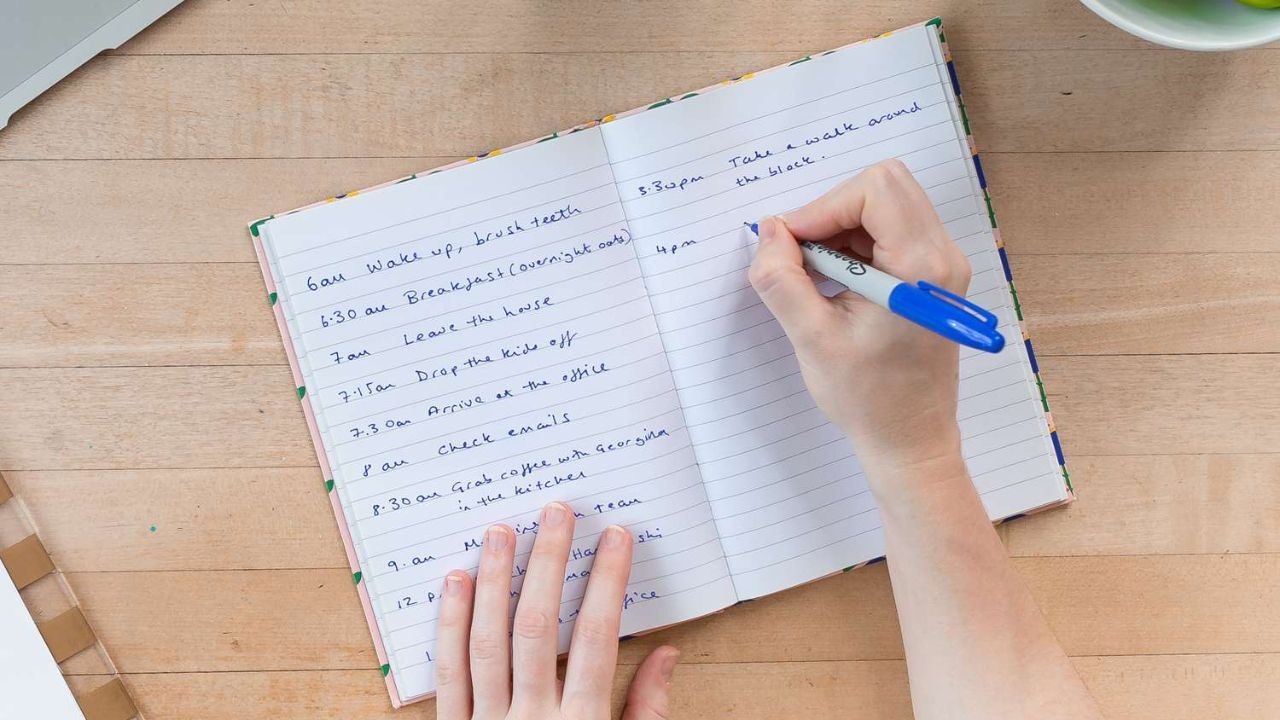
Pairing a shared calendar with a lightweight task app handles both time-specific and flexible work.
You will see below how three widely adopted ecosystems cover most personal and team needs. Each one is backed by official documentation and active development.
Google Calendar for Scheduling and Time Blocking
Google Calendar lets you create events, set reminders, and manage multiple calendars for work and personal commitments. Sharing makes it easy to coordinate schedules and keep teams aligned without endless messages.
The service is optimized for quick entry, recurring events, and fast editing on mobile and web. Google’s help pages outline features that support structured days and reliable notifications.
Microsoft To Do with Outlook for Daily Execution
Microsoft To Do centralizes your lists, due dates, and subtasks while surfacing a focused “My Day” plan. It syncs across devices and connects naturally to Outlook tasks for a tight email-to-action loop.
Microsoft’s support materials describe list sharing, reminders, and simple planning that keeps priorities visible. If you already use Microsoft 365, this pairing creates a smooth, cost-effective stack.
Apple Reminders and Calendar for Tight iOS/macOS Integration
Apple Reminders supports subtasks, attachments, and time or location alerts that fit into everyday routines.
On Mac, you can create and manage scheduled reminders directly inside Calendar for one combined view.
Apple’s guides also cover upgraded features like smart lists, templates, and column views for complex sets. If you live in the Apple ecosystem, this native combo reduces friction while keeping data local.
Project, Notes, and List Apps That Streamline Workflows
Beyond dates and checklists, you may need boards for projects, documents for context, and notebooks for research.
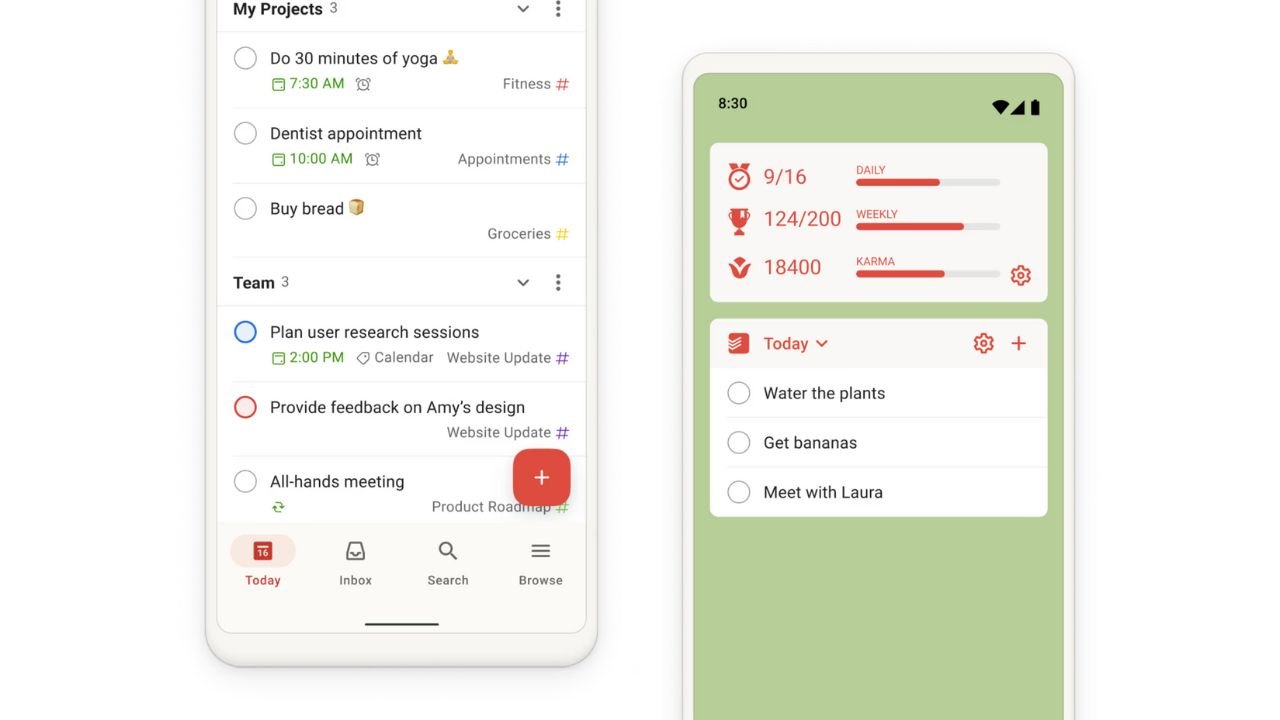
These apps complement your calendar and tasks by organizing deeper work. Pick the one that matches how your brain sorts ideas and how your team collaborates. The tools below represent stable, well-documented choices used by millions.
Todoist and Trello for Personal Projects and Lightweight Teams
Todoist provides projects, priorities, labels, and filters that scale from simple lists to robust workflows. Trello adds visual boards, lists, and cards so you can map work stages and see progress at a glance.
Both platforms publish clear feature pages and help centers that explain setups step by step. Together, they cover goal planning and pipeline tracking without heavy administration.
Asana for Coordinated Projects and Reporting
Asana’s feature set spans tasks, timelines, dashboards, and integrations designed for multi-team work. Official documentation details views, communication tools, and reporting that keep complex projects moving.
New AI capabilities focus on organizing projects and standardizing goals so updates stay current. If your routine includes cross-functional coordination, Asana reduces status chasing and context switching.
Notion and Evernote for Notes, Docs, and Knowledge Hubs
Notion combines documents, databases, and connected pages so plans, specs, and notes live together. Release notes show ongoing updates across docs, projects, and AI features for faster capture and retrieval.
Evernote remains a strong choice for scanning, organizing, and integrating notes with other apps. Both provide searchable archives that keep reference material close to the tasks they support.
How to Build a Personal Stack That Actually Sticks
Picking great apps is only half the battle because consistency turns tools into habits.
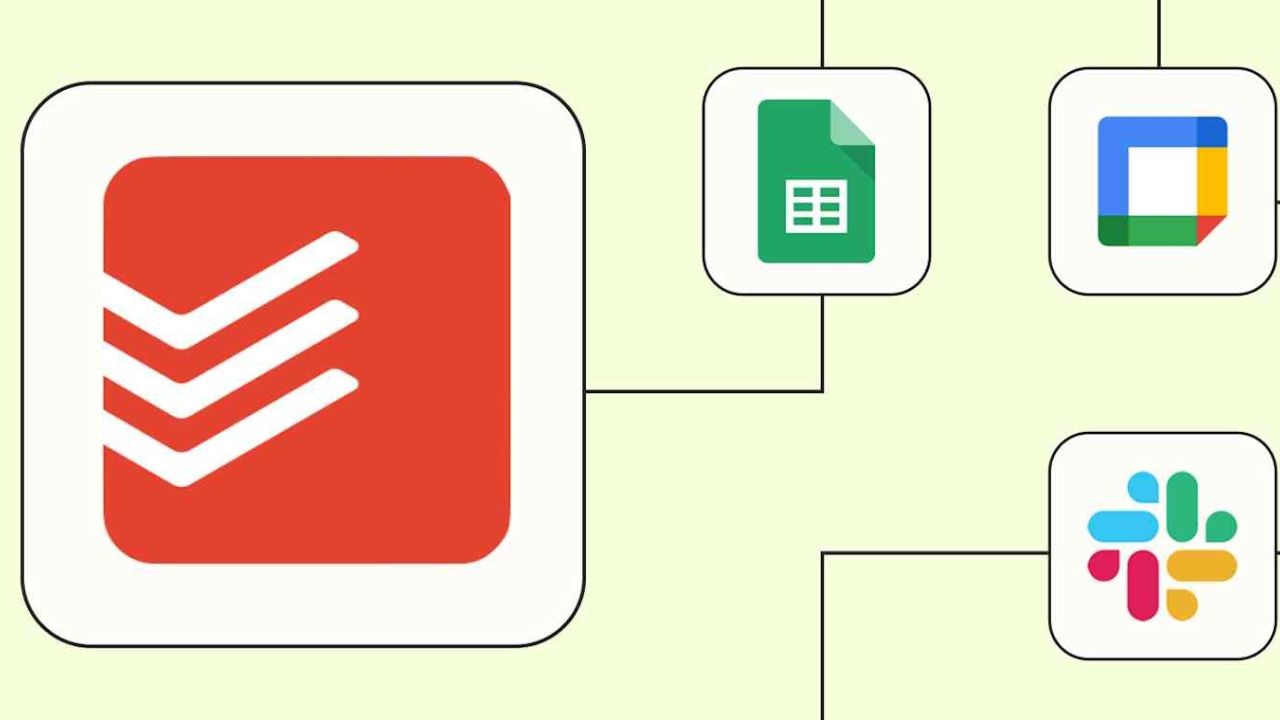
Start simple with one calendar and one task system, and then layer projects and notes as needed.
Write down a weekly review ritual so you can clean up loose ends and reset priorities. Treat your setup as a living system that you tune as your work changes.
Start with One Source of Truth for Commitments
Decide where events, deadlines, and due dates will live and stick to it across the week. If you adopt Google Calendar, enter all time-bound items there and keep reminders consistent.
If you prefer Microsoft To Do or Apple Reminders, make those your default capture points on mobile. Reducing places to check lowers stress and speeds decision making.
Map Workflows Between Apps with Light Integrations
Link tasks to calendar blocks so priorities get time on the schedule instead of living only on lists. Use project or note links inside tasks to jump into context quickly during work sessions.
Favor native integrations or official methods documented by the vendor to keep things reliable. Small connections go a long way when they remove repetitive clicks and tab hunting.
Review Weekly and Adjust Capacity Honestly
A short weekly review catches overdue items, clears clutter, and resets your next seven days. Check each project board and document hub for blockers that need time on the calendar.
Archive or postpone items that no longer matter so your lists remain realistic. Momentum grows when your plan reflects the week you actually have, not the week you wish for.
Apps to Install First When You Want Quick Wins
If you want results today, begin with a calendar, a task app, and one system for projects or notes.
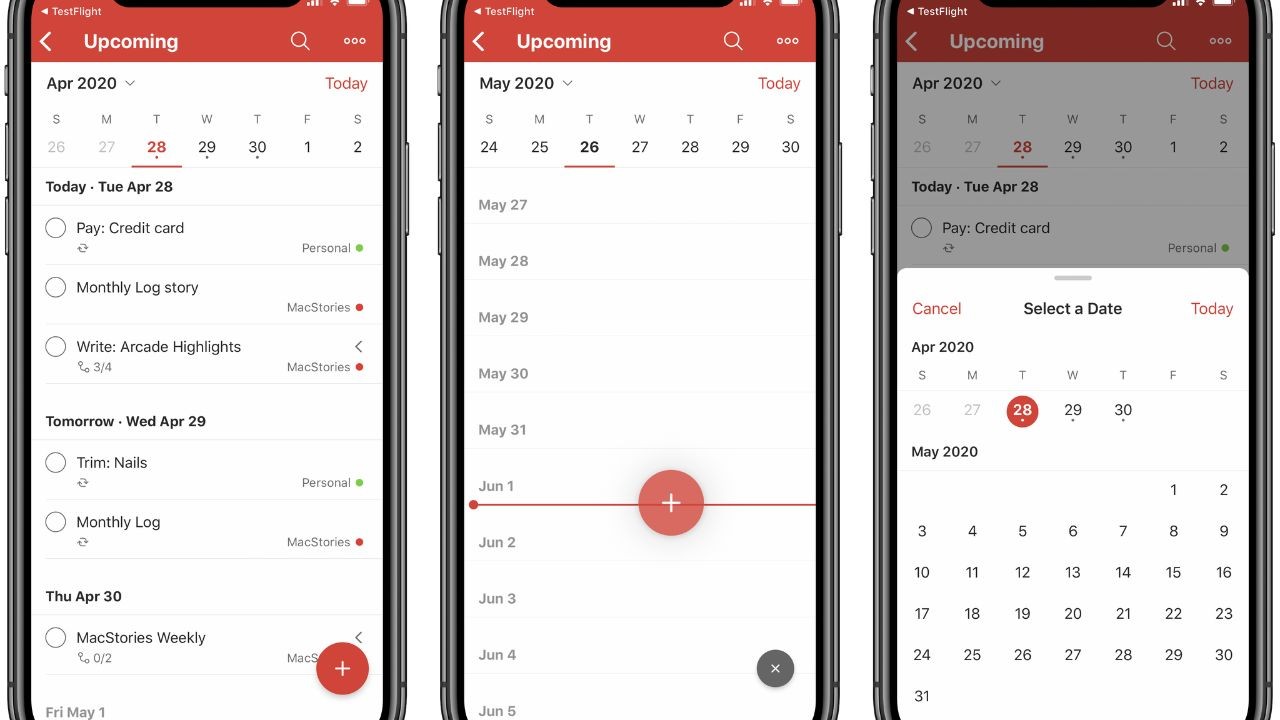
This trio handles scheduling, execution, and context without creating a tangle of tools. The pairings below are sensible defaults that match common ecosystems. Each set is supported by mature help centers and active development.
Google Calendar with Todoist or Trello for Flexible Planning
Create recurring blocks in Google Calendar and use Todoist to manage granular subtasks under each block.
When you need visual stages for a process, build a Trello board and link card URLs back to tasks.
Google’s quick scheduling and Todoist’s labels or filters make prioritization easy to scan. Trello’s boards then reveal bottlenecks so you can rebalance capacity before issues spread.
Microsoft To Do with Asana for Team Visibility
Use Microsoft To Do for your personal “My Day” plan and light lists that sync to your phone. Coordinate multi-step projects in Asana so timelines, owners, and statuses stay visible to stakeholders.
Asana’s reporting and goal features reduce status meetings by turning updates into dashboards. This split keeps personal focus tight while letting teams collaborate at scale.
Apple Reminders with Notion or Evernote for Context
Keep tasks and alerts inside Apple Reminders, then attach Notion pages or Evernote notes for deeper detail.
On Mac, scheduled reminders appear inside Calendar so you see deadlines against real time.
Notion’s connected databases or Evernote’s scanning and search keep research close to tasks. This approach keeps your Apple-native flow intact while expanding space for knowledge work.
Conclusion
You now have a clear path to discover apps that help organize your daily routine and turn plans into predictable progress. With a simple stack and weekly reviews, your routine will feel lighter, your focus will improve, and your results will scale.


